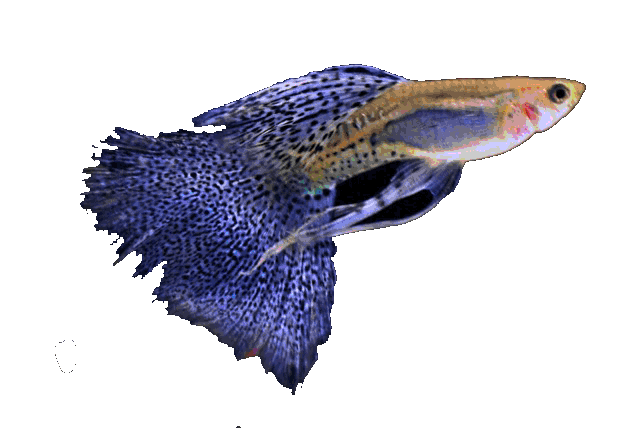



Basic data:
Scientific name: Hemirhamphodon pogonognathus (Bleeker, 1853)
Interpretation of words: Hemirhamphodon (hemi = pol , rhamphos = beak, odous = teeth )
Slovenian name:
Group: Livebirds
Source: Indonesia, Malaysia, Thailand
Size: males up to 10 cm, females up to 6 cm
Biotope / habitat : Blackwater lowland forest streams near water level.
Social behavior: Calm, compatible with other fish
Nutrition: Food on the surface (fleas, insects, ...)
Cultivation: Relatively easy
Aquarium: Minimum 80 liters
Population: group per 80 liters of water (min 4)
Decoration: Densely planted aquariums with space for swimming
Temperature: 24-28 ° C
pH: 5-7
Hardness: up to 4 - 10 ° dGh, 1 - 4 ° dKh
Lifespan: 3-4 years
Synonyms
Hemirhamphodon pogonognathus
Hemirhamphus pogonognathus / Bleeker, 1853
Hemiramphus pogonognathus / Bleeker, 1853
Kingdom: Animalia / animals
Trunk: Chordata / string players
Class: Actinopterygii / arthropods
Order: Beloniformes / needles and flyers
Family: Zenarchopteridae / freshwater beaked pike
Gender: Hemirhamphodon
Type: Hemirhamphodon pogonognathus (Bleeker, 1853)


